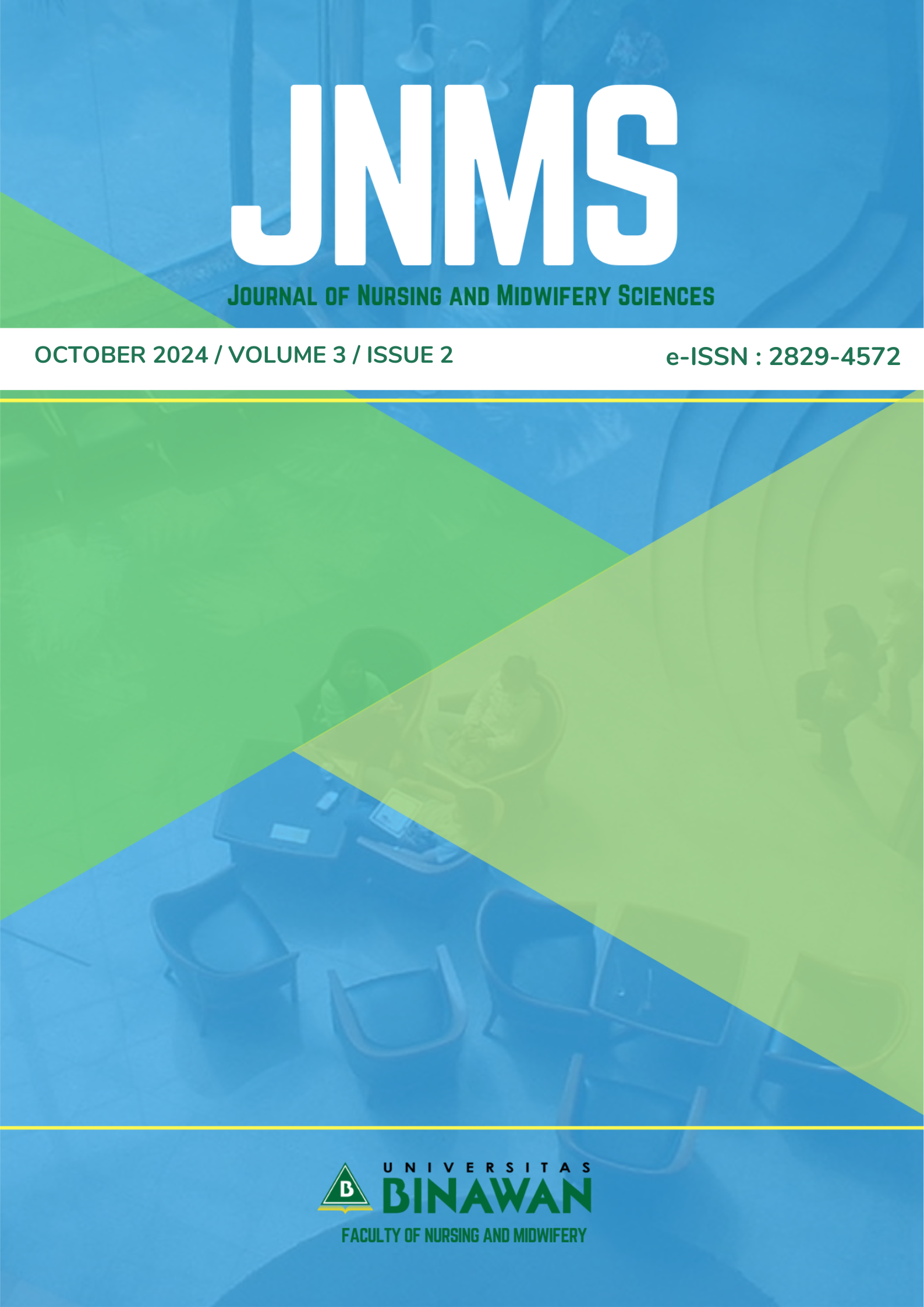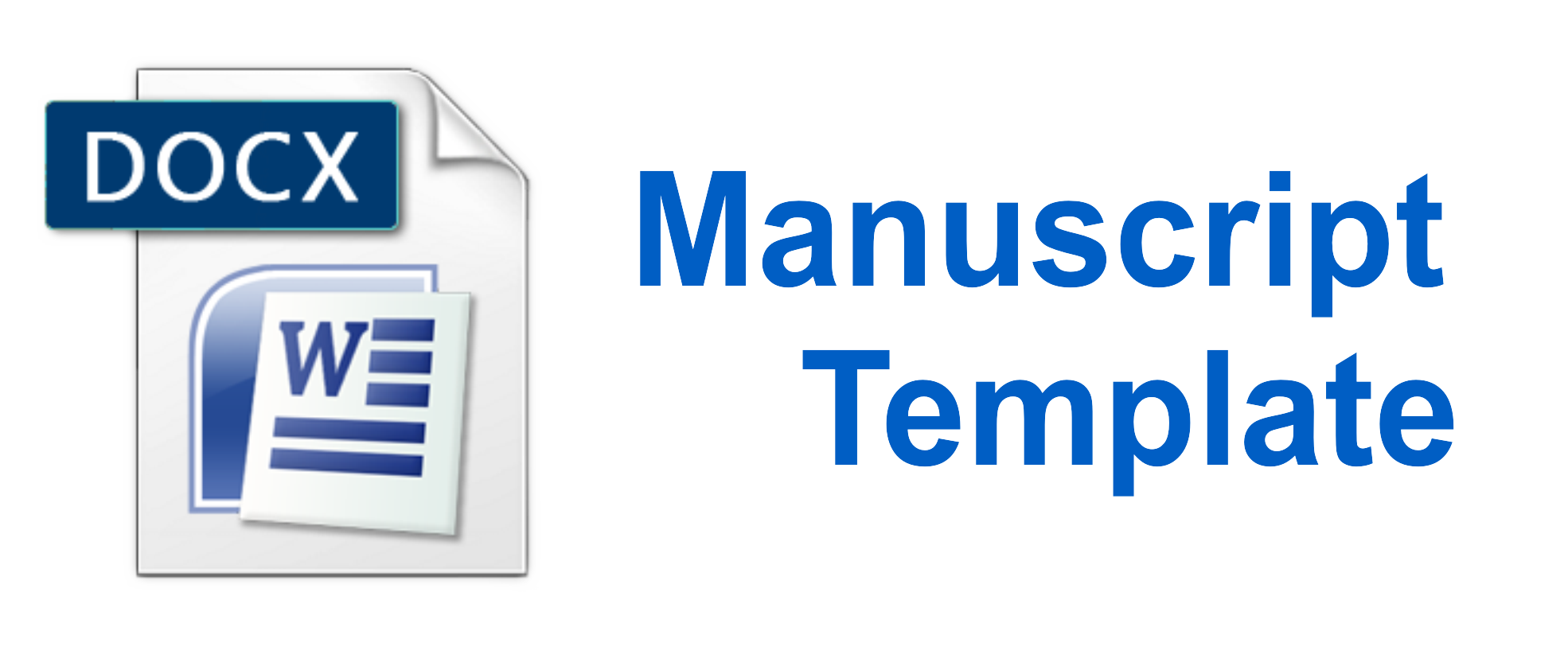Application of Dry Cupping Therapy to Reduce Cholesterol Levels in Hypercholesterolemia Patients at the Jannati Elderly Home Gorontalo
DOI:
https://doi.org/10.54771/n6zdyt24Keywords:
Hiperkolesterolemia, Kolesterol, Terapi Bekam KeringAbstract
Background: Cholesterol is the most well-known sterol. The body produces two types of cholesterol, namely good cholesterol or High-Density Lipoprotein (HDL) and bad cholesterol or Low-density Lipoprotein. Both types of cholesterol are needed by the body, but hypercholesterolemia occurs when there is too much cholesterol in the blood. Many people consume food without considering what compounds are in the food, one of which is cholesterol levels. Hypercholesterolemia is a risk factor for death at a young age and plays an important role in the occurrence of atherosclerosis, which is a degenerative process and a risk factor for cardiovascular disease. Objective: To describe, determine the levels before and after, and the effect of dry cupping therapy on reducing cholesterol levels in hypercholesterolemia patients. Method: This case study design is presented descriptively with the aim of describing how the application of dry cupping therapy reduced cholesterol levels in three patients who experienced hypercholesterolemia. Results: The dry cupping therapy intervention which was carried out for seven days interspersed with three days intervals resulted in dry cupping therapy being able to reduce cholesterol levels with an average result before the intervention of 255 mg/dL and after three interventions became 199 mg/dL. On average, the three respondents experienced a decrease in cholesterol levels, namely 56 mg/dL. Conclusion: The application of dry cupping therapy given for seven days interspersed with intervals of three days can have an effect on reducing cholesterol levels in hypercholesterolemia.
Downloads
Published
Issue
Section
License
Copyright (c) 2024 Akifa Syahrir, Melisa Ntoi, Yusrin, Ratnawati, Jumari

This work is licensed under a Creative Commons Attribution-ShareAlike 4.0 International License.

This work is licensed under a Creative Commons Attribution-ShareAlike 4.0 International License.







